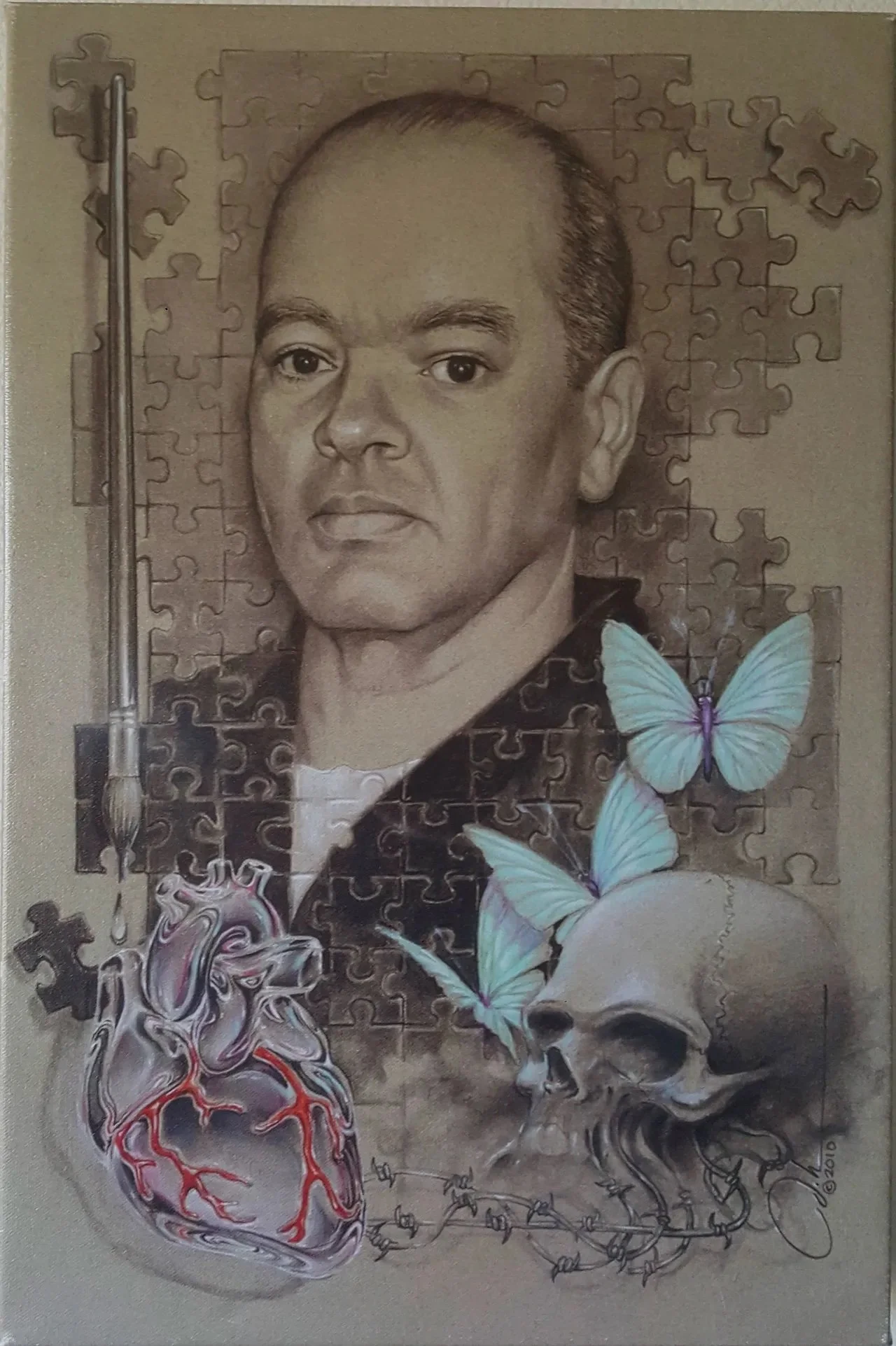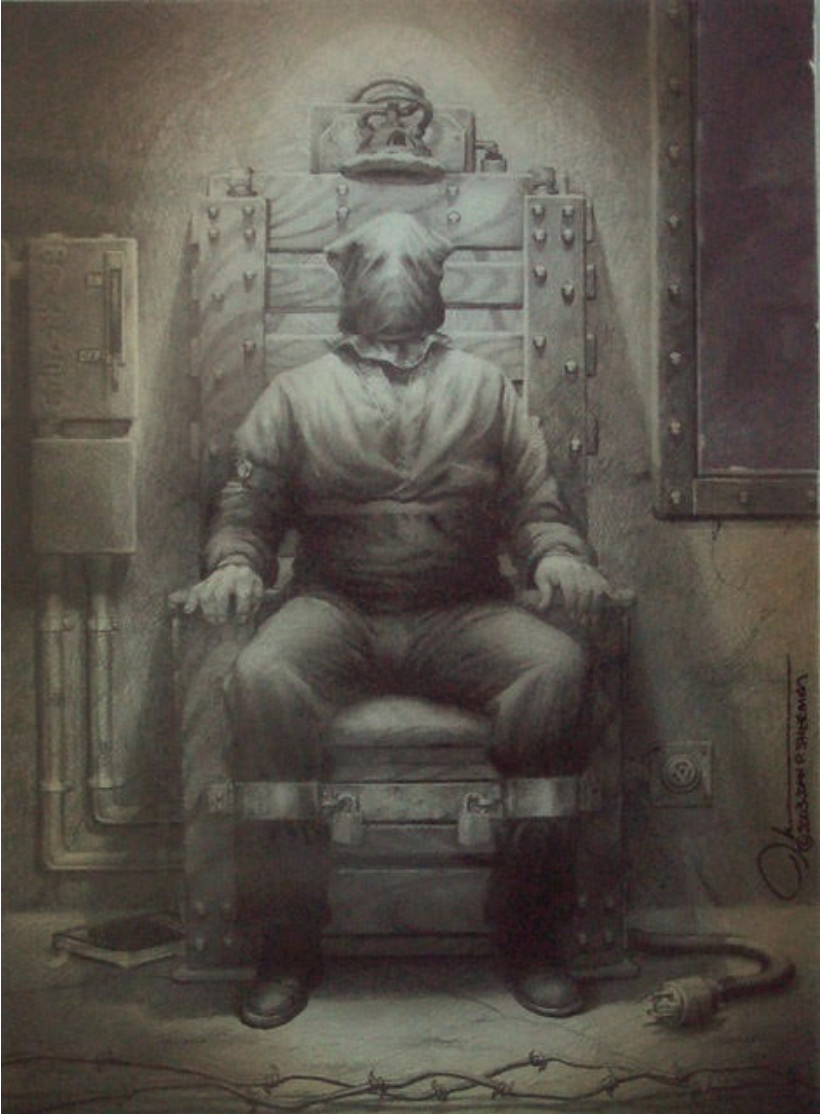Meet John Sherman
Self-Portrait
In 1986, John Sherman was involved in a confrontation in an alley, in which he shot and killed another man. John was charged with 1st degree murder and, at just 29 years old, was sentenced to spend the rest of his life in prison. It was his first felony offense and his first prison sentence.
“I remember sitting in the courtroom when the judge said life, and everything just went away,” he recalled. “All I could hear was my parents crying… The world I had known previously just disappeared.”
After John arrived in prison, he became determined to understand himself, and also determined not to lose his humanity or his hope. “From that first day when I was in that cell wondering what happened, I knew that this was not going to be the sum total of who I am."
During his decades in prison, John devoted himself to building his character and his mind. He took college classes in psychology, became involved with training on Steven Covey’s 7 Habits of Highly Effective People, and read widely. John recalled that he “searched the library constantly to help me understand who I am and why I am here.”
John’s primary hobby was his art. He had discovered an immense talent for art prior to being incarcerated but describes his pre-incarceration work as mainly “cutesy.” Then, a few years into his sentence, a friend asked him to create a piece depicting a prisoner on death row. John cites this drawing as his artistic transformation, which led him to “draw and paint with emotion” in a way he never had before. In the years since, John has become an artistic mentor to many, has been commissioned to create Christmas cards for the town of Limon and murals in many Colorado prisons, and has even won national awards for his art.
In John’s transformational drawing, a man sits in an electric chair as an officer watches from the background. Barbed wire lines the foreground of the picture, which he intended as a metaphor for the rules and regulations which constrain incarcerated populations.
“There is a lack of attachment in the criminal justice system,” John explained of the rules he aimed to depict in the drawing. “Those in power don’t follow up. They never see the person. They see that regulation, that rule, and the humanity of the incarcerated person starts to disappear.”
While incarcerated, John also discovered restorative justice, which emphasizes healing and accountability rather than punishment. He explained that restorative justice can provide opportunities for healing to both victims and defendants. He was so inspired by these concepts that in 2016, he worked alongside others to put on the Colorado Department of Corrections’ first-ever Restorative Justice Workshop, which brought together restorative justice professionals, survivors of crime, district attorneys, and others for a day of moving conversation and education.
My Life Sentence
While becoming familiar with restorative justice concepts was life-changing for him, he still longs to apologize to those impacted by his actions, but has not had the opportunity. “For me, just being able to say I’m sorry would really mean something,” he said.
During his 34 years of incarceration, John never received a single disciplinary infraction.
He applied for a sentence commutation four times and was rejected. On his 5th try, John finally received a clemency grant from former Governor John Hickenlooper, and his sentence was reduced, making him eligible for parole in 2020.
John was one of Spero Justice Center’s first clients when our excessive sentencing project was just starting to take shape. In June 2020, we were thrilled to play a small role in his remarkable journey by successfully expediting his transition into community corrections. Since that time, John has moved into his own home, works fulltime at Safeway, and continues to pursue his art. One of his recent projects was designing Spero Justice Center’s logo.
John also continues to feel passionately about helping incarcerated people. He has referred several cases to us, and continues to advocate for those he left behind in prison.
“There are so many people that have shown the development of their characters,” John said. “They deserve a second chance.”
View John’s website at https://theartofjohn.com/
Keisha's Endoism



